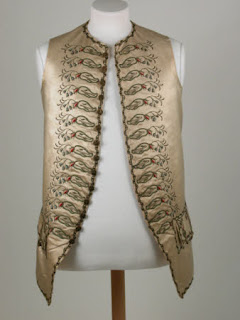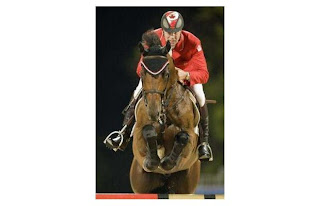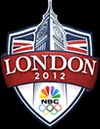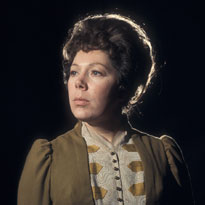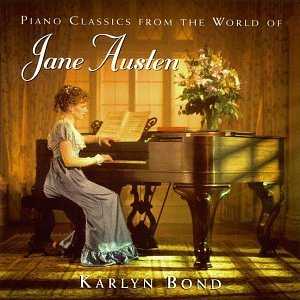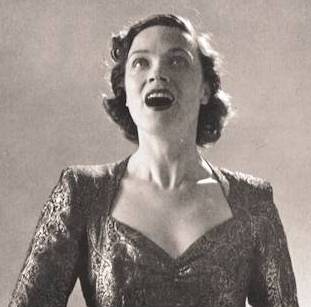Red Silk Robe a l’Anglaise, Victoria and Albert Museum, 1760’s
Victoria here, taking some time off of Pinterest for a change…and ruminating on the wonderful fashion museums which have so carefully preserved the clothing and accessories of bygone eras. The U.K. is replete with wonderful museums, almost all of which have some fashions, in even the smallest of local collections. The grandaddy of them all is, of course, The Victoria and Albert Museum in London, which modestly calls itself, “The world’s greatest museum of art and design.” The website is here.
I suppose no one who has visited the sprawling site on Cromwell Road would quarrel with the designation, for it is truly superhuman to cover its many displays even in multiple visits.I can hardly drag myself out of the fantastic gift shop when I get there!
Would you be disappointed if I did not include a link to that wonderful shop? Be forewarned — they are excellent at shipping. Click here — if you dare.
The Costume Collection has been recently redone and has re-opened with an exhibition of ball gowns from the 1950s to the present. It will be on display through January 2013, along with selections from the permanent collection of historic fashions.
I love the Georgian, Regency and Victorian gowns usually on view. Due to their fragility, the items are frequently rotated from storage to display and back.
Also in London, Kensington Palace stores, conserves and exhibits Historic Royal Fashions. Recently, the collection of Royal Wedding Gowns was restored. Beginning this fall, some of the storage areas, formerly Princess Margaret’s Apartment 1A, will be renovated for Prince William, Duke of Cambridge, and his Duchess, the former Catherine Middleton.
Parts of Kensington Palace formerly housed Diana, Princess of Wales, and is the home in which Prince William grew up. Other members of the extended royal family also have quarters there.
Here is an article that tells more about the Palace, the renovations and the Royals. For more details, click here.
Parts of Kensington Palace include the State Rooms of William and Mary, the childhood rooms of Queen Victoria, and the Royal Fashions. I have not seen an announcement of the final plans for the fashions, but one assumes that Historic Royal Palaces, which administers Kensington Palace a well as other former Royal residences in the London area (e.g. Tower of London, Hampton Court Palace) will take advantage of sharing the complex with the popular young Royals to attract visitors to their displays.
th
In Bath, The Fashion Museum is located in the Assembly Rooms, which are administered by the National Trust. The Fashion Museum has more than 30,000 items from1600 to the present. The website is here.
Also at Killerton are many attractive rooms and an extensive garden to explore. As always, NT has a selection of tasty delights at the tea-room not to mention the temptations of the NT gift shop.
I have never visited Manchester (something I need to remedy), but the Manchester City Galleries website (here) has an extensive on-line fashion collection. Here are a couple of examples of their holdings.
For a list of museums with fashion and costume collections, click here. And if you are a resident of the US, there are many outstanding fashion collections here too. Do you have any recommendations for good fashion collections on either side of the pond?
The Kyoto Fashion Institute seems to be an amazing place, or at least its website and publications are excellent. They organize many exhibitions, some of which are shown in venues outside Japan. Click here.

















